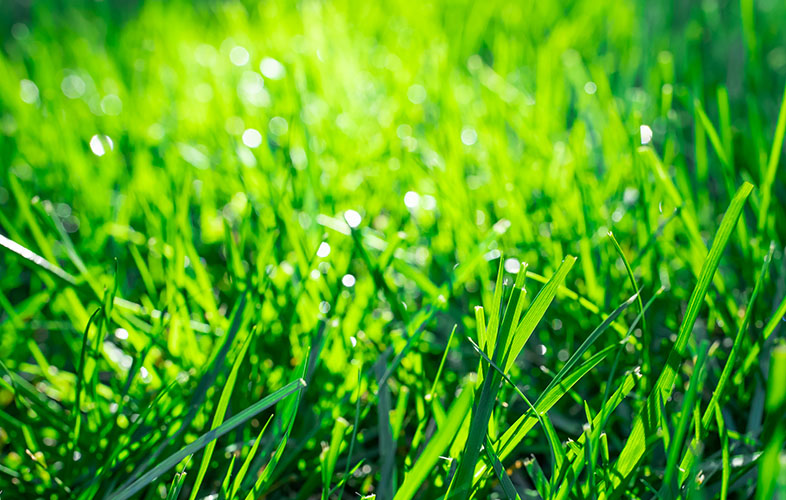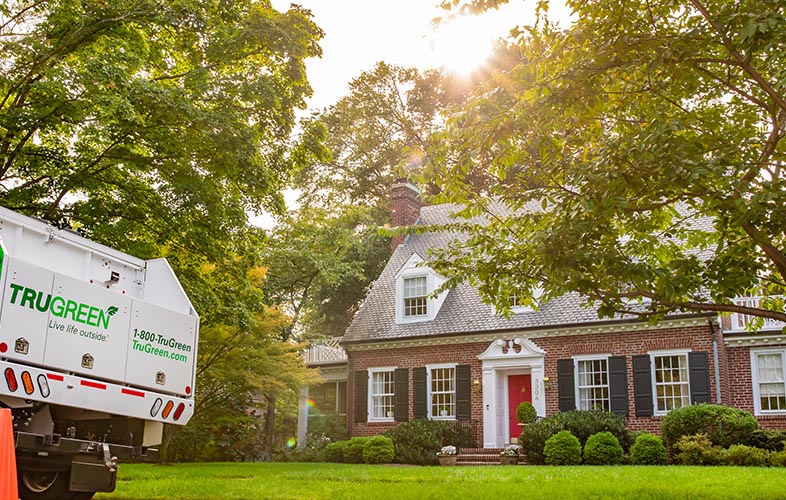There’s nothing quite like the winter season. Who doesn’t love a weekend snuggling by the fire as the sky floods with dazzling little ice crystals illuminated by festive and colorful lights?
When snow finally coats your yard, it’s instinctive to want to hang up your lawn care caps and nestle down for the winter. However, winter can be extremely tough on your lawn and, without paying proper attention to the things that could be impacting your turf, it could be difficult to recover come springtime.
While your winter wonderland may look stunning on the surface, beneath the snow, it could be taking on a lot of stress. Together, let’s take a look beneath this wintertime scene and see what’s going on with your lawn.


 Branch Finder
Branch Finder













 Back to all blogs
Back to all blogs

Facebook
X
Youtube
Copy Link
Email